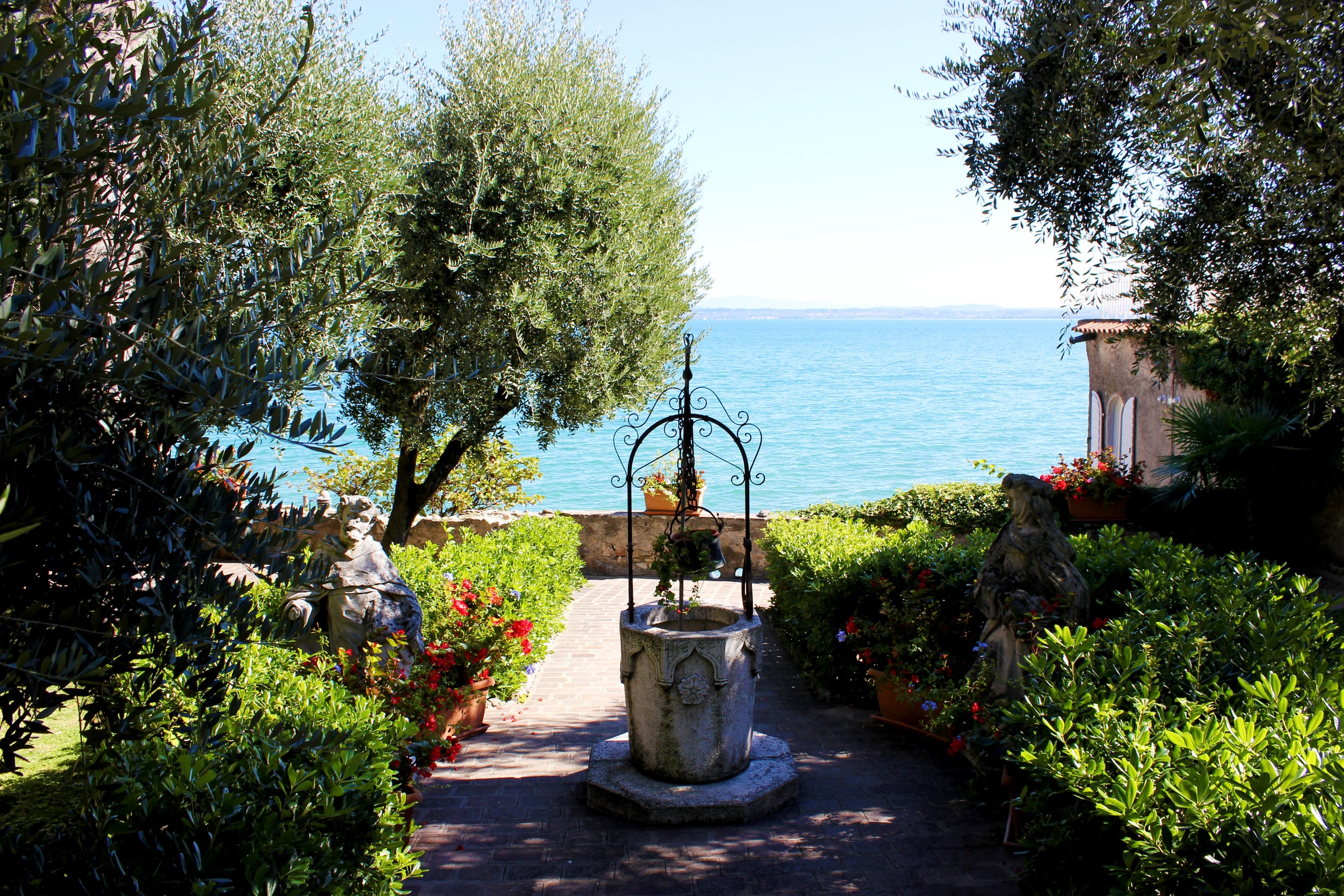Having a well in your garden is very convenient for maintaining plants. Some people also use it for household chores. If you plan to dig a well in your garden, this article will help you realize it.
The administrative steps

You must obtain authorization from the Direction départementale des territoires. In addition, a declaration to the town hall is required at least one month before the work begins.
The soil study
For your project to be viable, it is necessary to conduct a preliminary study of the soil and ensure that water can be found on the surface at a maximum depth of 8 m. The ground must be free of heavy stones and be sufficiently loose. Be aware that some soils, such as sandstone or shale, are not suitable for drilling.
The choice of the well
You can choose a traditional open well, supplied by runoff and infiltration of water. You can also select an artesian well to capture water with fairly high pressure. It is dug into a pressurized water table to bring water out spontaneously.
Safety measures and necessary equipment
The work of drilling a well is dangerous. Here are some safety measures to adopt:
- Work in pairs
- Wear a pair of protective gloves and non-slip shoes
- Use a sturdy ladder
- Use a sturdy rubble bag or a blue construction barrel to dispose of rubble.
In addition, it is important to assemble the nozzle handling equipment before beginning the actual work:
- Solid concrete nozzles from 60 cm to 1 m high
- Nozzle lifting clamps on a chain
- A lifting goat
- Spade, shovel, and pickaxe
- A mason’s rule and a spirit level.
Installing the first concrete nozzle

First, place a stake in the center to hang a wire from. Draw a circle corresponding to the place occupied by the nozzle on the ground, then remove the layer on the surface and dig while checking if the ground is flat enough. Then place the first nozzle, making sure the male side is on top. Finally, check that it is properly placed in the pit.
The drilling itself
Dig into the ground from inside the nozzle and remove stones if necessary. Take turn after turn, making sure to lower the nozzle in the right direction until the male end reaches the ground. Recheck that the nozzle is correctly positioned before exiting the hole. Don’t forget to pick up and dispose of the rubble.
Installing the other nozzles
Use the lifting goat to secure the other nozzles to be installed. Make sure that the second nozzle fits perfectly over the first one. Dig around their perimeter and under your feet to gradually lower them. Follow the same steps for the remaining nozzles. The well is ready when the water starts to fill it.
Finishing touches
Cover the well with a concrete cover to avoid contaminating the water. Finally, backfill the ends around the blast nozzle. If the last nozzle was placed above ground, cover it with a facing of your choice. To enjoy the water from your new well, call on professional pump installers to set up a good pump. Well water should also be disinfected by water treatment specialists.
The artesian well

In the family of drilled wells, the artesian well offers the most practical solution since it is a well or borehole that does not require the intervention of a pumping system. This type of well will save you the cost of a pump but cannot be done in all types of soil, as these pressure conditions are not present everywhere.
Whether you choose a traditional well, a borehole, or an artesian well, you will have to respect certain installation rules: “It is forbidden to drill less than 5 m from a road, or 40 m from a cemetery. It is also forbidden to drill near septic installations, manure pits and agricultural fields.”
Sound off in the comments section below and tell us what you want to read next and if you want to read more about a garden well.



